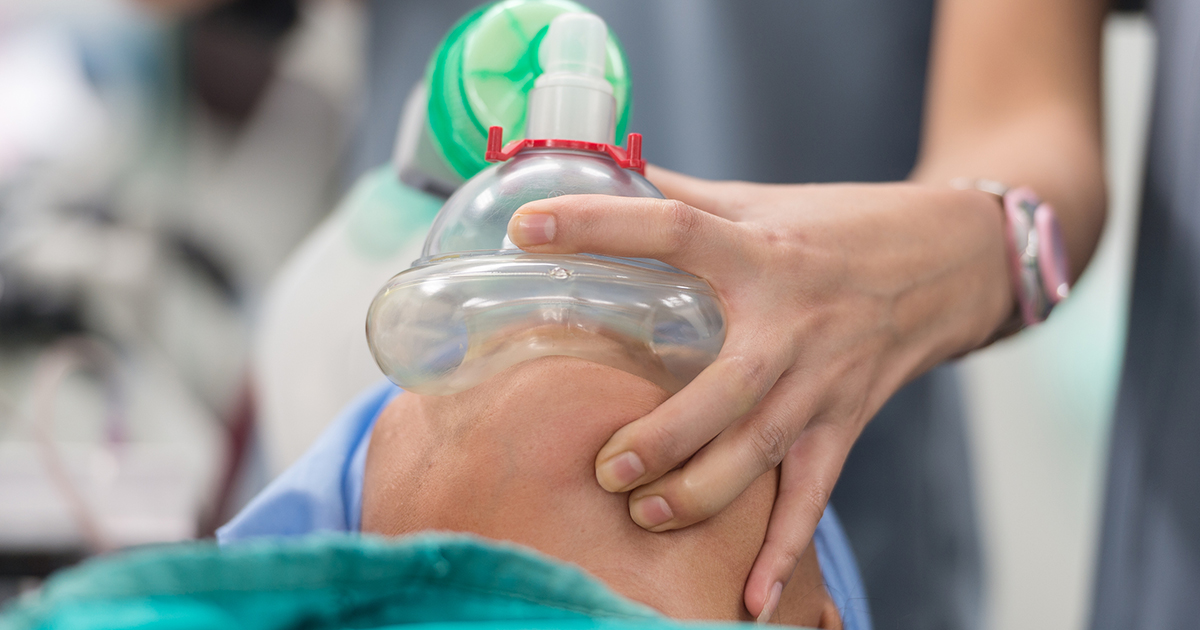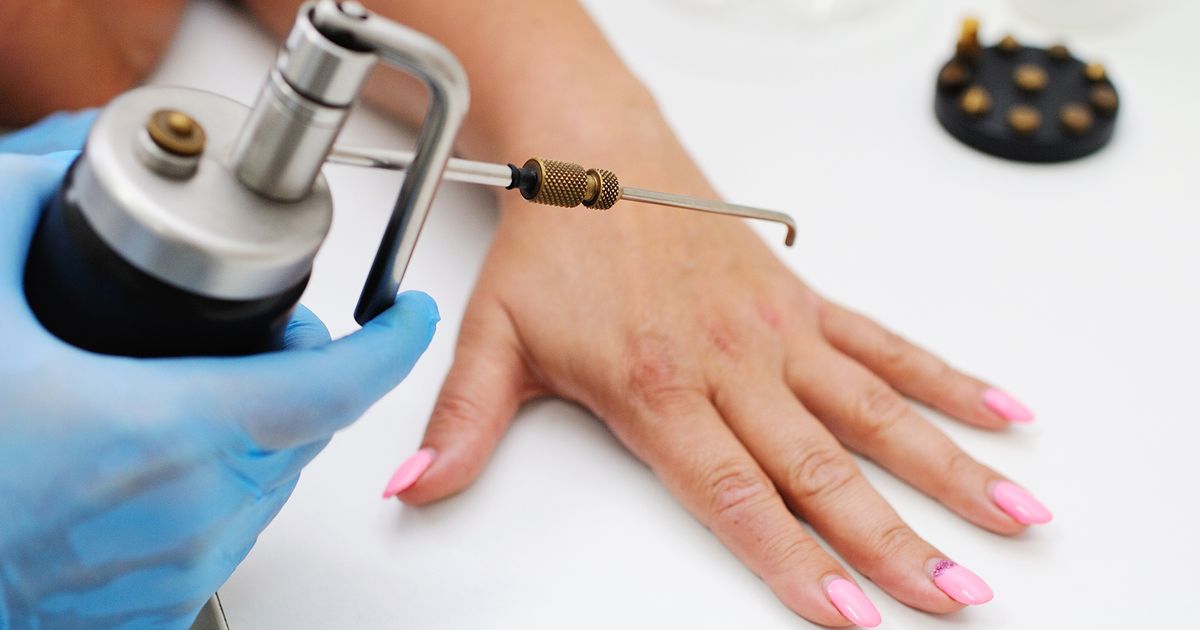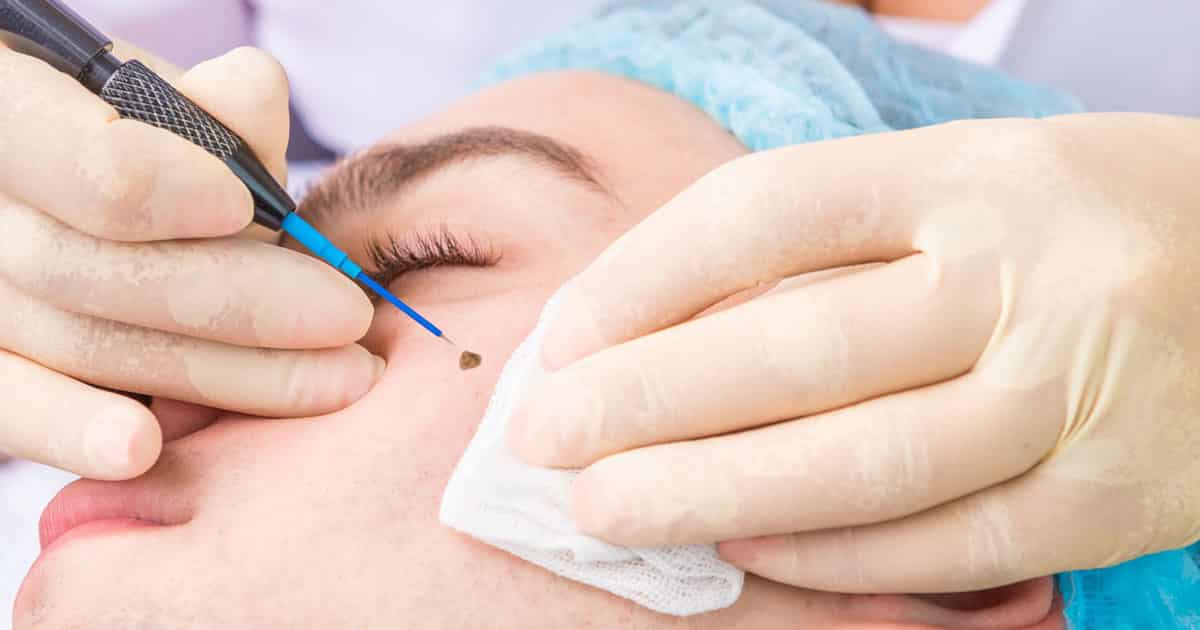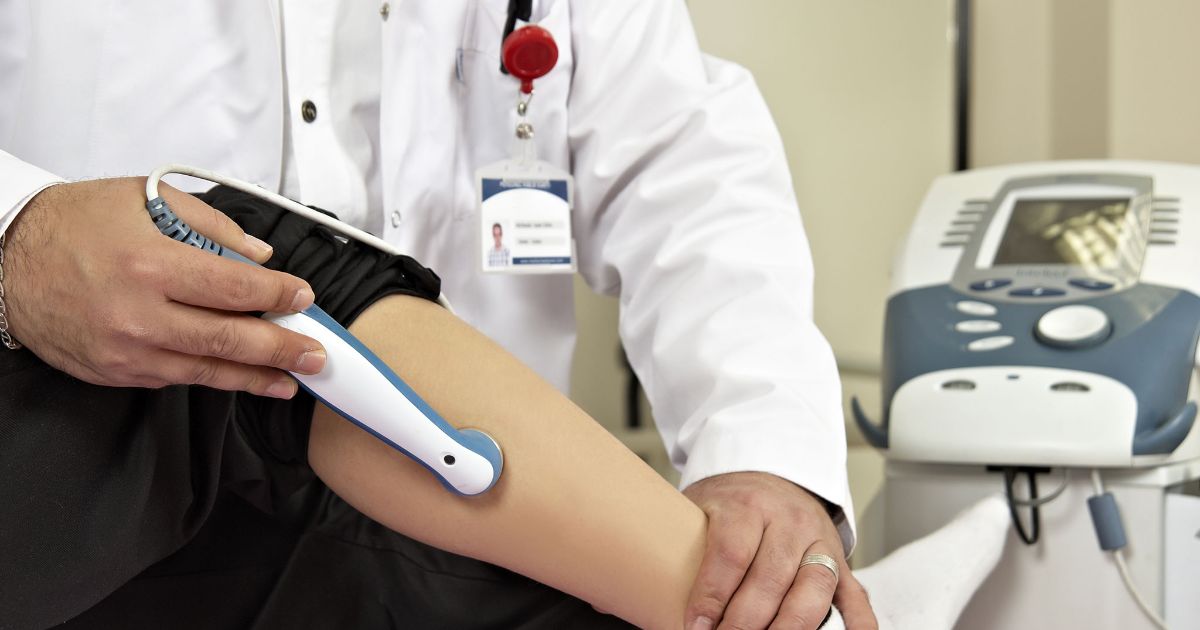Treatment Options For Seborrheic Keratosis
A bumpy or waxy-looking growth on the skin may make individuals concerned about cancer. However, there is a strong possibility they simply have seborrheic keratosis, which is a non-cancerous skin growth that can appear almost anywhere on the body. Although these growths can range in color, they are typically tan or brown. Seborrheic keratosis is not contagious, nor does it spread from one person to another. Although these growths are harmless, individuals often wish to have them removed for a variety of reasons. Sometimes the growth can bleed or itch, increasing the risk of infection of the skin area. It is good to know that there are several treatment options for seborrheic keratosis.
Shave Excision

If seborrheic keratosis is a small or medium growth raised above the level of the skin, physicians may recommend a shave excision to remove the bump. During this procedure, patients will be given a local anesthetic to numb the skin during the procedure. The physician will then use a very sharp razor to slice off the growth. This may be followed by a special feathering technique with an electrode, which can minimize the appearance of any scar that may remain. There is also an electrical version of this procedure called dermal electrosurgical shave excision in which the physician uses a special tool to take small slices at a time off of the growth until it is fully removed.
Get to know the next option for treating seborrheic keratosis now.
Cryosurgery

Seborrheic keratosis growths that are small and fairly thin or flat may be removed through the use of cryosurgery. This method involves freezing the growth with liquid nitrogen to destroy the tissue. After just a few days, the growth should actually fall off the skin on its own. This procedure can be used alone, or it may be combined with other methods to further remove the growth once it has been frozen. This technique is not always effective against larger or thicker growths. Additionally, skin treated in this manner may appear lighter following the procedure and healing.
Learn more about treating seborrheic keratosis now.
Electrocautery

Another option for the removal of seborrheic keratosis is electrocautery. In this procedure, local anesthesia is applied. The physician will then use a tool that applies an electrical current to effectively burn the affected tissue. The growth should fall off in just a few days. However, this method generally needs to be repeated a few times, especially for thicker or larger growths. Scarring is a big risk, especially if the procedure is not done carefully. This treatment may be done on its own or in combination with another method. The physician may use a curette before or after the burning to ensure removal of the tissue.
Speaking of currettes, they play a role in the next method of treating seborrheic keratosis.
Currettage

Another scraping procedure used to treat seborrheic keratosis is called curettage. In this procedure, the physician will use a tool called a curette to scrape away layers of the growth until it is completely removed. A curette is a slender metal tool with what looks like a slanted wire loop on the end. Because of the design of the curette, the doctor is able to scrape away the desired amount of tissue with a good amount of accuracy. This treatment for seborrheic keratosis may be done on its own or combined with another treatment method, such as with a freezing or burning procedure.
Continue to reveal more ways to treat seborrheic keratosis effectively now.
Ablation

The growths from seborrheic keratosis can also be vaporized with the use of special lasers. These lasers can be within the visible light range, or they may use infrared light. When using laser ablation, the physician must direct the light precisely to the growth to avoid damaging surrounding tissue. In order to do this, a special pigment is often applied to the growth to draw the light properties of the laser. The laser uses light, pulse, and heat to destroy the growth. Ice may be applied to the area where the growth was following surgery to cool the area. After treatment, the bump may crust over and fall off after a few days.
